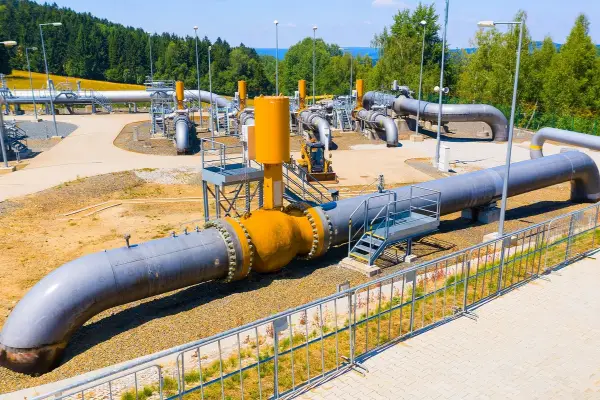The Indian government’s recent announcement of a natural gas price hike has raised the rate to $9.20 per metric million British thermal unit (mmBTU) from the previous rate of $8.60/mmBTU, with the new rates taking effect from October 1. This marks the second consecutive monthly increase in natural gas prices and is anticipated to impact end-consumers, particularly those relying on compressed natural gas (CNG) and piped natural gas (PNG) for cooking and other purposes.
The Ministry of Petroleum and Natural Gas issued a notification on September 30 to confirm the new pricing structure. Importantly, the revised rate of $9.20/mmBTU will be in force throughout the entire month of October 2023.
This decision to raise natural gas prices is part of the government’s efforts to align domestic rates with market dynamics and global energy trends. The adjustment is expected to affect city gas distribution companies, which may respond by modifying CNG and PNG prices accordingly.
A significant development in this price revision is the shift to a monthly pricing mechanism. The new formula for determining natural gas prices relies on the Indian crude basket rate from the preceding month. This represents a departure from the previous methodology, which was based on the average prices from the last four years of four major international gas trading hubs: National Balancing Point (UK), Russian gas, Henry Hub, and Albany. Under the former approach, the domestic gas rate was established for a six-month period.
The decision to adopt the new pricing formula stemmed from the government’s establishment of a committee in October of the previous year. This committee was tasked with recommending an appropriate method for determining domestic gas prices. The committee’s recommendations favored using Indian crude basket prices from the preceding month as the primary basis for setting gas prices.
This adjustment in natural gas pricing demonstrates the government’s commitment to ensuring that domestic rates reflect the evolving global energy landscape. By shifting to a more responsive and transparent monthly pricing mechanism, the government aims to enhance market efficiency and address the dynamic nature of the energy sector. However, the impact of this pricing adjustment on end-consumers and industries will be closely watched as it unfolds in the coming months.












